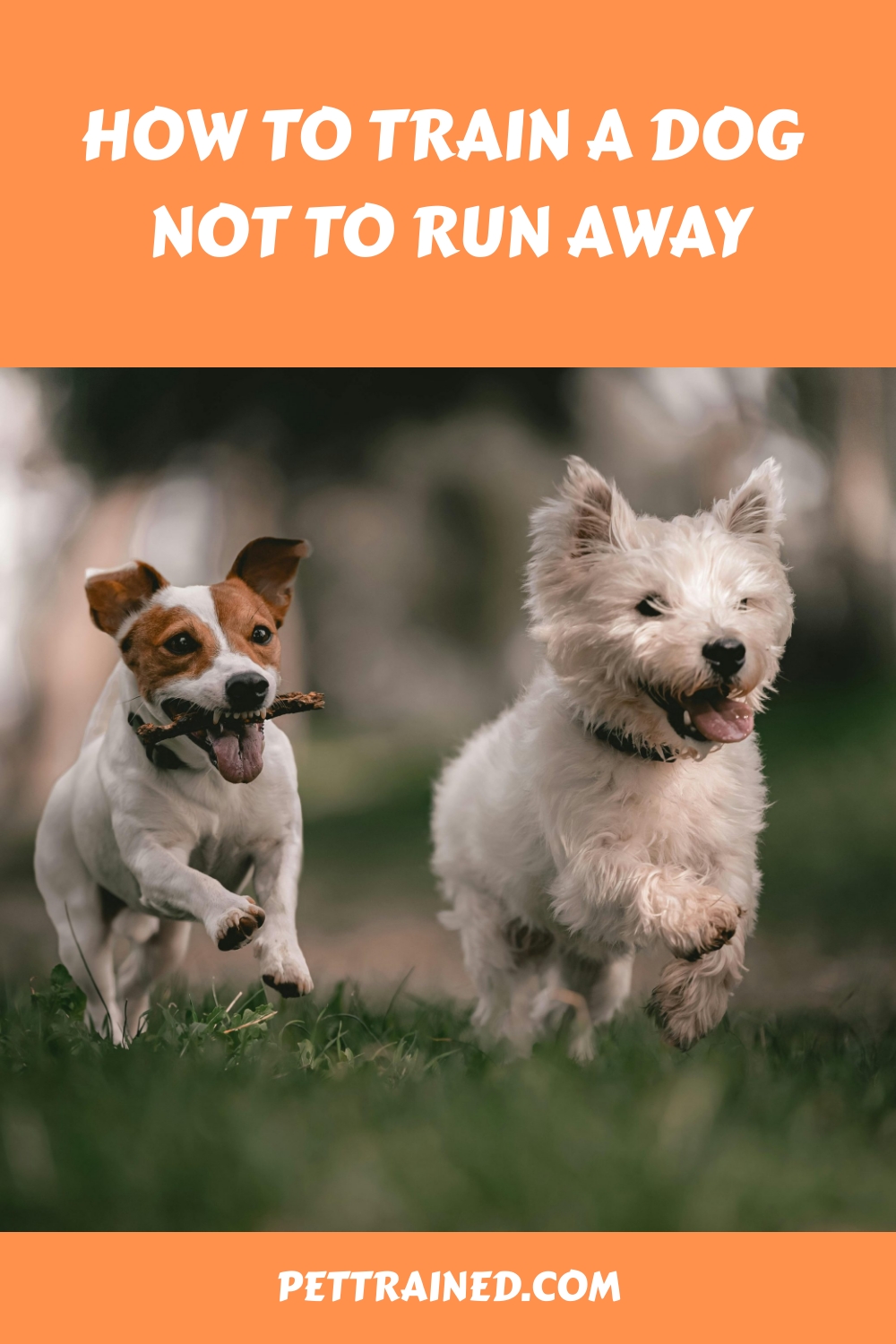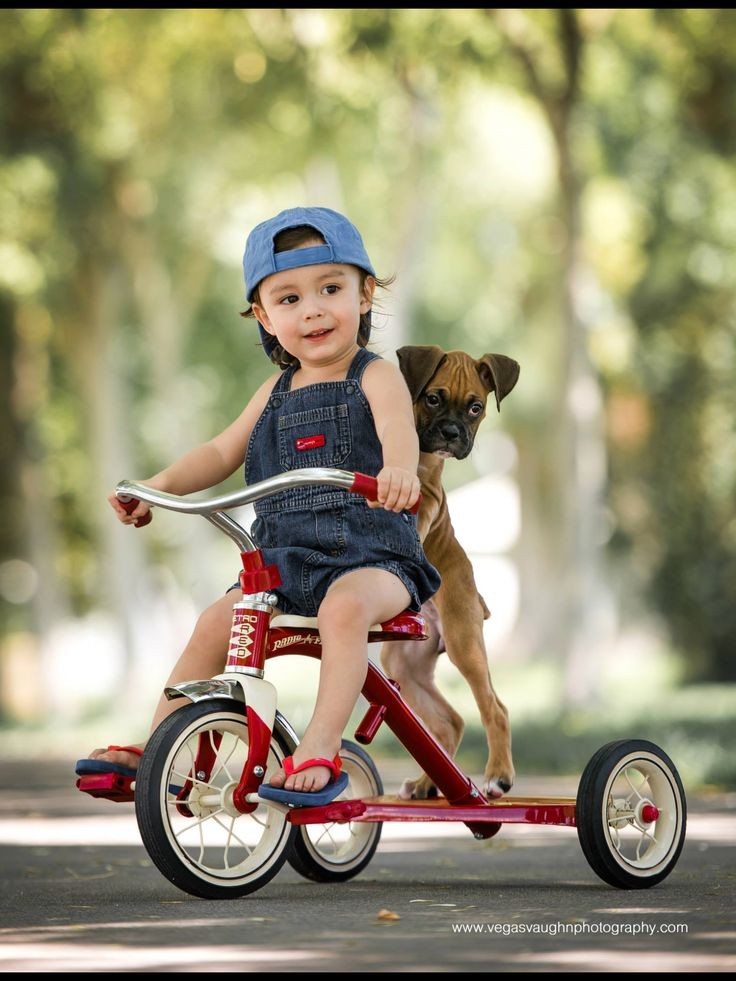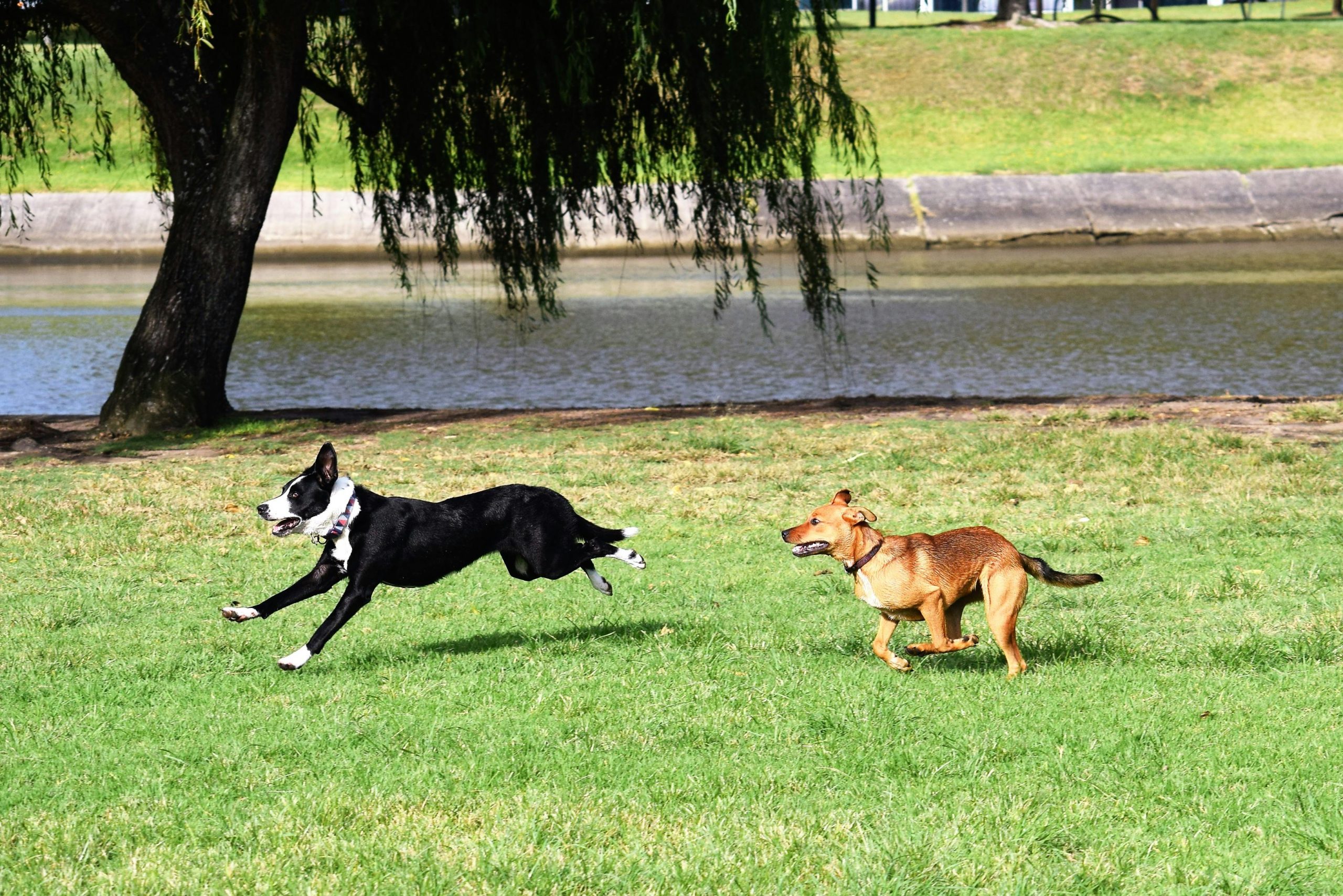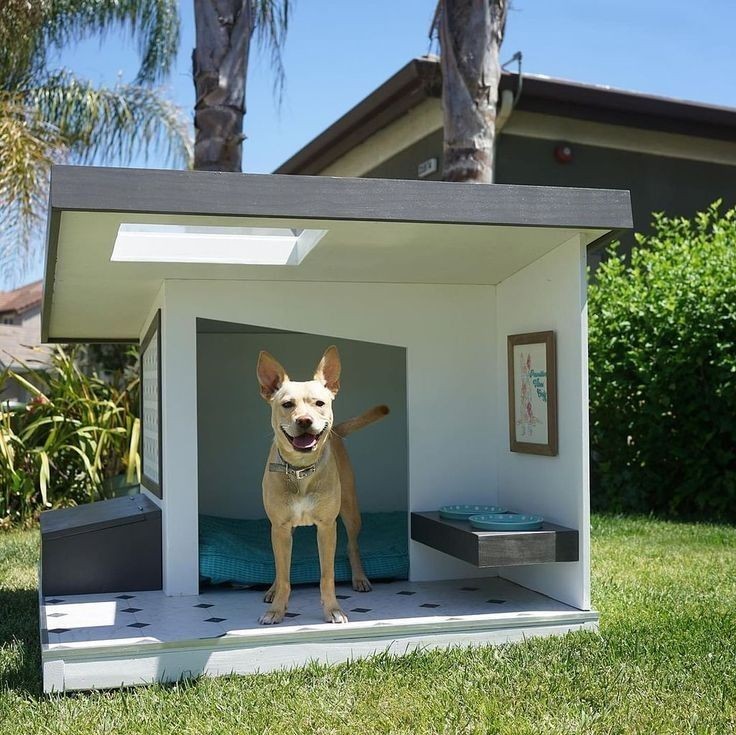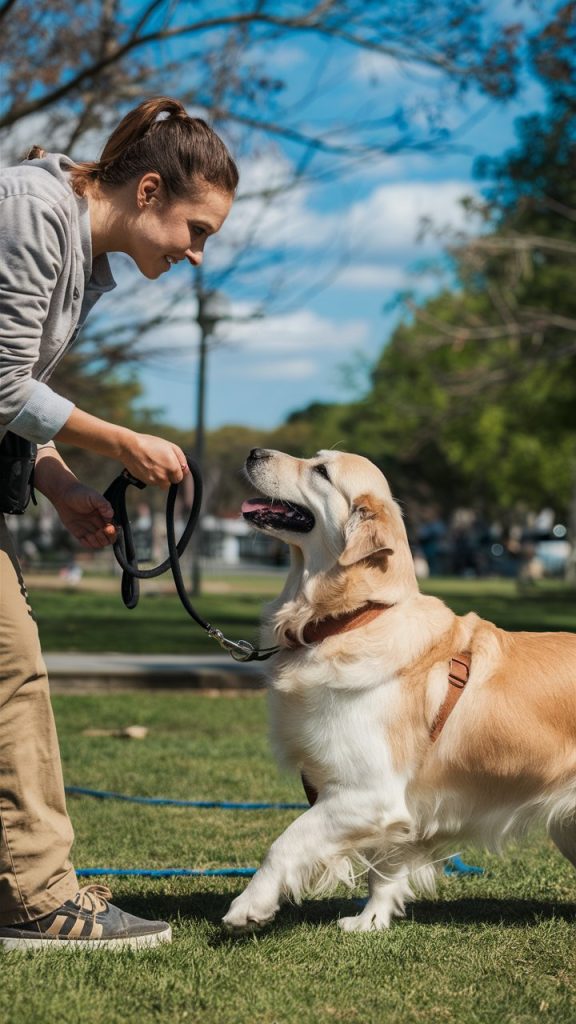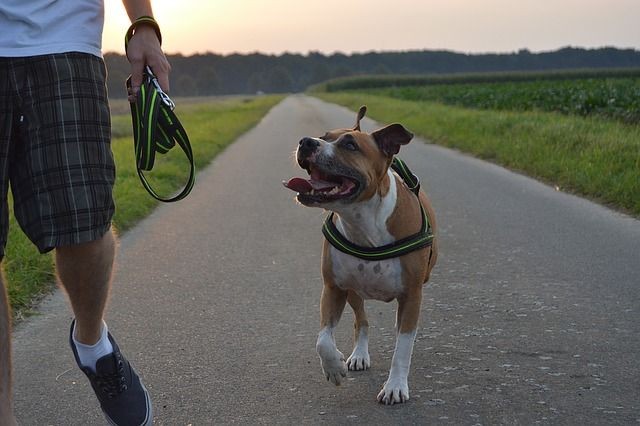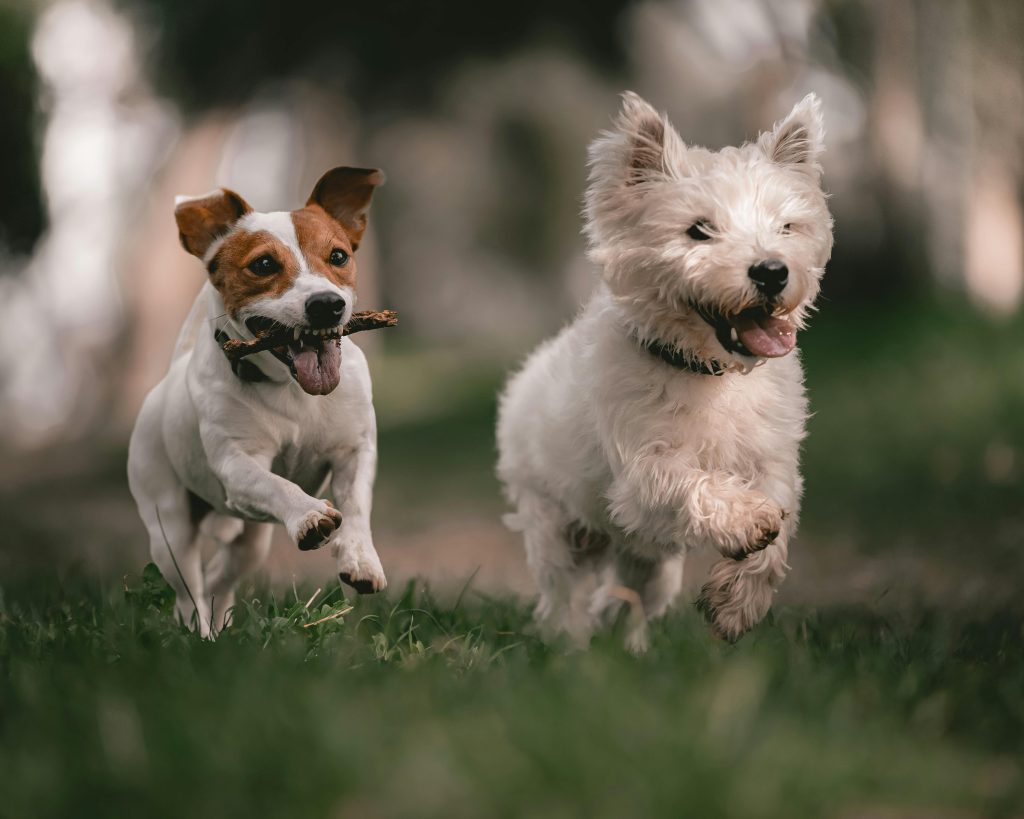
Training your dog not to run away involves understanding why they might want to escape. Address boredom with puzzle toys and regular playtime.
Secure your yard with tall fences and consider a GPS collar. Leash training guarantees your dog obeys basic commands like ‘sit,’ ‘stay,’ and ‘come.’
Use positive reinforcement consistently. Supervise their outdoor time and keep them mentally stimulated with new challenges.
In some cases, professional help from certified trainers or behavioral specialists can be invaluable.
To explore more detailed strategies and techniques, there’s much more to discover.
This post contains affiliate links. However all the information provided on this site are my own honest opinions. See more in Disclaimer.
Table of Contents
Key Takeaways
- Utilize positive reinforcement to reward your dog for staying within boundaries.
- Consistently practice basic commands like ‘come’, ‘stay’, and ‘heel’ in various environments.
- Provide mental and physical stimulation to reduce boredom and anxiety.
- Secure your yard with physical or invisible fences and regularly inspect for weak spots.
- Engage in leash training to teach your dog boundary awareness and control.
Understand Why Dogs Run
Understanding why dogs run away is essential for addressing the root causes and effectively training them to stay. Dogs may bolt for various reasons, and pinpointing the exact cause helps you apply the right training techniques.
One common reason is boredom. If a dog lacks mental stimulation or physical activity, it might seek excitement elsewhere. See also Best Camera To Watch Dogs At Home.
Another factor is their natural canine behavior, such as chasing small animals or following scents. This instinct-driven behavior can be difficult to manage without proper training.
Fear is another significant trigger. Loud noises, unfamiliar environments, or stressful situations can cause a dog to flee.
If your dog experiences separation anxiety, it might try to escape to find you. Social motivations, like seeking out other dogs or humans, also play a role.
Understanding these motivations means you’re better equipped to use appropriate training techniques. To address these issues, start by observing your dog’s behavior closely. Identify what triggers their urge to run.
Once you understand the root cause, you can implement targeted training techniques, such as positive reinforcement or desensitization, to address the specific behavior.
Consistent training and understanding your dog’s needs are key to preventing them from running away.
Secure Your Yard
Securing your yard is a fundamental step in preventing your dog from running away. A physical fence is a good start, but consider adding an invisible fence for additional security.
These fences use boundary flags and a special collar to create an unseen boundary.
Remember, effective training techniques are vital when introducing your dog to an invisible fence. Guide your dog to understand the boundary through consistent practice and positive reinforcement, such as treats and praise.
Another useful tool is a GPS collar. This device allows you to track your dog’s location in real-time, giving you peace of mind should they escape.
A GPS collar isn’t a substitute for a secure yard, but it adds an extra layer of safety. If your dog crosses the boundary, you can quickly locate and retrieve them.
For the best results, use positive reinforcement to encourage your dog to stay within the yard. Reward them with treats, toys, or affection when they stay inside the designated area. Also look at 10 Holiday Safety Tips For Pets.
Use a Leash
Leash training is crucial to ensure your dog’s safety and understanding of boundaries. Begin with a leash of 4 to 6 feet in length for optimum control and freedom.
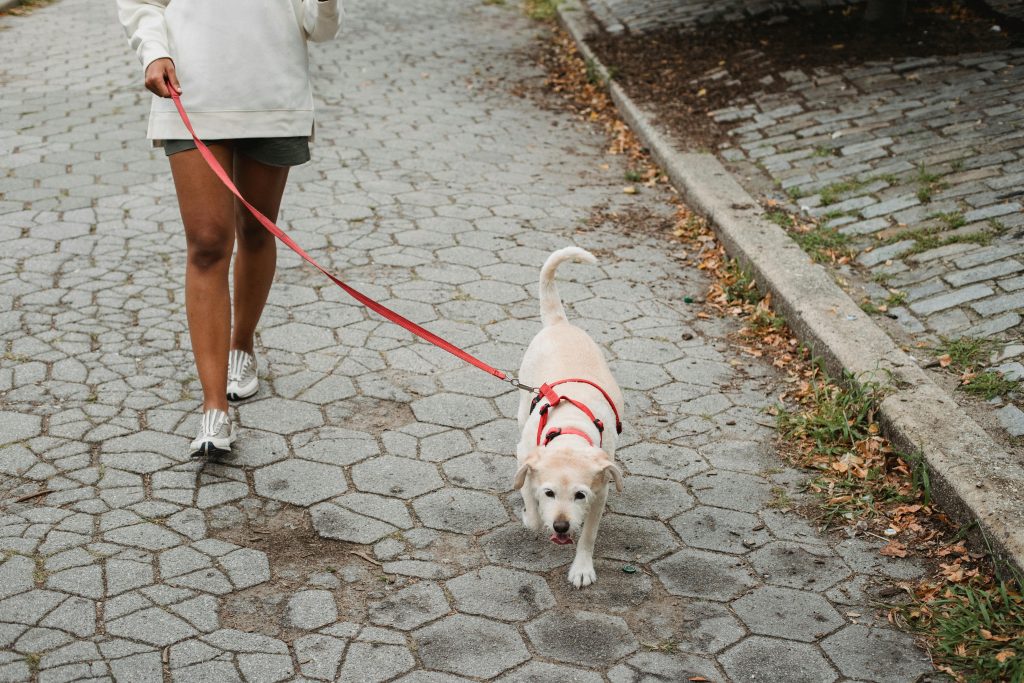
Engage in distractions training to help your dog stay focused in various environments. Use positive reinforcement like treats or praise to reward good behavior during walks.
Consistent training will strengthen good habits and reinforce your dog’s obedience. Also see How To Get A Stubborn Dog To Walk On A Leash
Teach Basic Commands
Teaching your dog basic commands is important for their safety and discipline. Begin with commands like ‘sit,’ ‘stay,’ ‘come,’ and ‘heel‘ to establish a strong foundation.
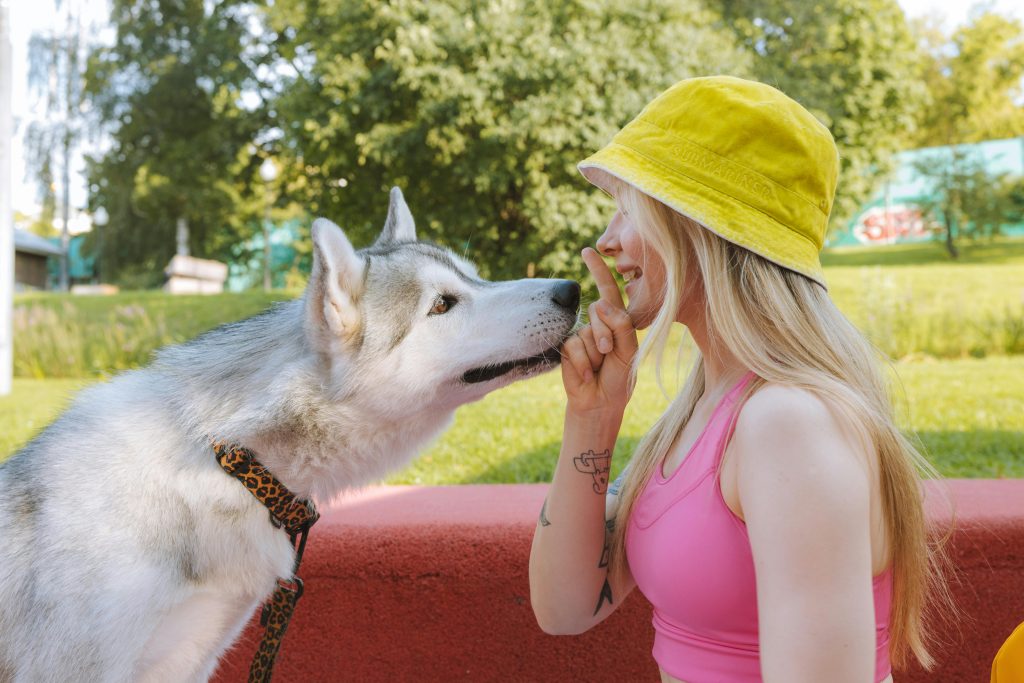
These commands are essential for more advanced training and can help prevent your dog from wandering off.
Positive reinforcement is crucial. Reward your dog with treats, praise, or playtime when they successfully follow a command. Using treats your dog loves will make them more eager to listen and obey.
Consistent practice is key. Set aside a few minutes daily for training sessions. Short, frequent sessions are more effective than long, sporadic ones. Consistency helps your dog understand expectations and reinforces their learning.
When teaching ‘come,’ start in a low-distraction environment and gradually add more distractions. This will help your dog obey the command even in stimulating situations.
If your dog doesn’t respond immediately, avoid punishment. Use a cheerful tone and reward them promptly when they comply.
Provide Mental Stimulation
To keep your dog from running away, you need to provide plenty of mental stimulation.
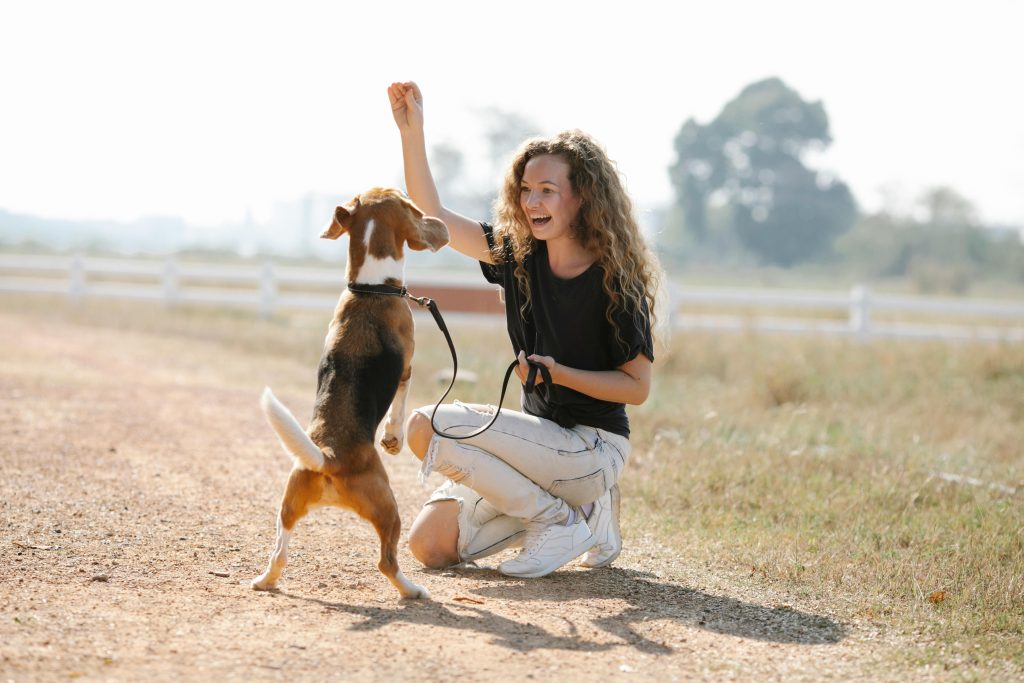
Interactive puzzle toys and regular obedience training sessions can keep your dog engaged and focused.
These activities not only challenge their minds but also strengthen your bond.
Interactive Puzzle Toys
Interactive puzzle toys offer an excellent way to keep your dog’s mind engaged and reduce the likelihood of them running away out of boredom.
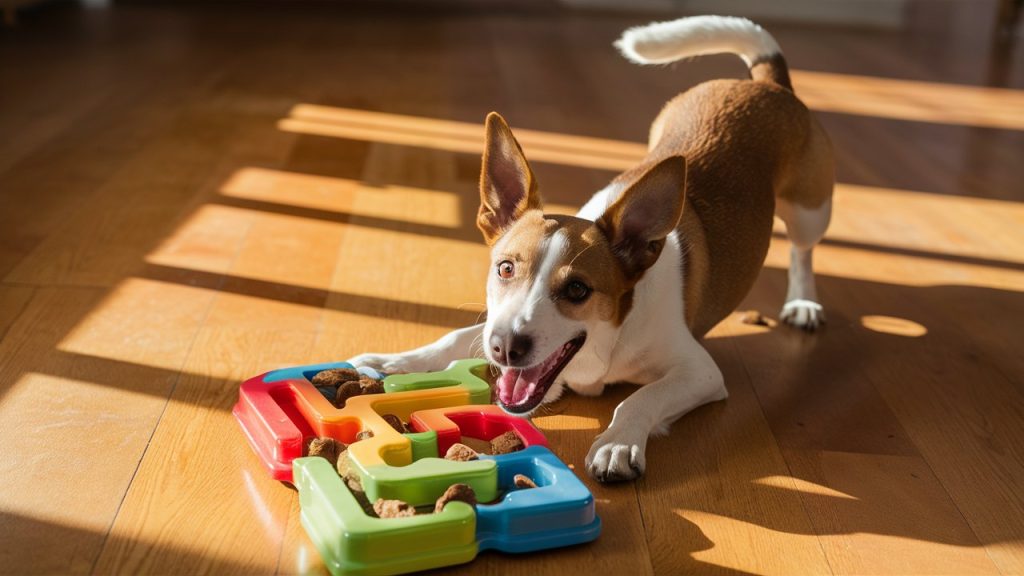
By challenging your dog mentally, these toys can provide the necessary stimulation that prevents them from seeking excitement elsewhere.
Trending in Dogs:
You can start with DIY treat dispensers, which are simple to make and effective at keeping your dog entertained. Just fill a plastic bottle with treats and cut small holes in it.
Your dog will spend time figuring out how to extract the treats, keeping them occupied and mentally stimulated.
Another great option is interactive feeder bowls. These are designed to make mealtime more challenging and engaging.
Instead of simply gulping down their food, your dog has to work through various obstacles to reach their meal. This not only slows down their eating pace but also turns feeding time into a stimulating activity.
Incorporating these puzzle toys into your dog’s daily routine can notably reduce their tendency to run away in search of adventure. The mental engagement provided by these toys helps curb boredom and satisfies their innate need for mental challenges.
Obedience Training Sessions
Obedience training sessions not only instill discipline but also provide essential mental stimulation for your dog. Engaging your dog in structured training exercises keeps their mind active and focused, reducing the likelihood of them running away.
Start with basic commands like sit, stay, and come. Make sure to use positive reinforcement to reward good behavior. This can be treats, praise, or playtime—anything your dog finds rewarding.
Incorporate clicker training to enhance communication with your dog. A clicker provides a consistent sound that marks the exact moment your dog performs the desired behavior.
Follow the click with a reward to create a clear association between the action and the reward. This method accelerates learning and keeps training sessions engaging.
Vary the commands and introduce new challenges to keep your dog mentally stimulated. Training in different environments also helps your dog generalize commands, making them more reliable in various situations.
Consistent, short sessions are more effective than infrequent, long ones. Aim for daily practice to build a strong foundation of obedience. Also see How To Train A Dog To Run With You.
Reward Good Behavior
Rewarding good behavior consistently is essential in teaching your dog not to run away. Positive reinforcement and consistent training are your best tools in this endeavor.

When your dog obeys commands and stays close, immediately reward them with treats or praise. This reinforces the behavior you want to see more of.
Consistency is key. Always reward your dog when they exhibit the desired behavior. Use a variety of rewards to keep your dog motivated.
Treats are an excellent option, but don’t underestimate the power of verbal praise and physical affection. These rewards can be just as effective in reinforcing good behavior.
Here’s a quick guide to the types of rewards you can use:
Staying close: Treats such as small dog biscuits.
Coming when called: Verbal praise like ‘Good job!’
Sitting on command: Physical affection like petting or belly rubs.
Ignoring distractions: Mixed rewards like a treat and praise.
Supervise Outdoor Time
Keeping a close eye on your dog during outdoor activities is essential to prevent them from running away. Outdoor safety starts with diligent monitoring.
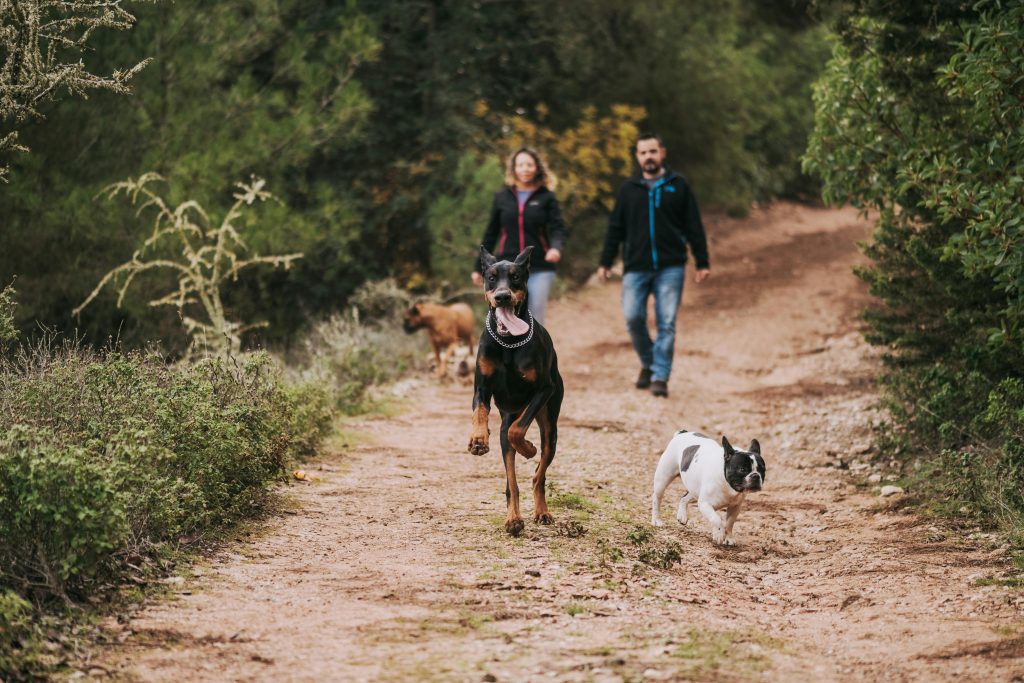
Always supervise your dog whenever they’re outside, especially in unsecured areas. This vigilant approach helps you react quickly if they show signs of trying to escape or if they encounter any hazards.
Effective containment is another pivotal aspect. Make sure your yard is secure with a sturdy fence that’s tall enough to prevent jumping and deep enough to avoid digging under.
Regularly inspect the fence for any weak spots or gaps. If your dog is particularly adept at escaping, consider adding additional barriers or using a leash even within the fenced area.
Furthermore, monitoring your dog’s behavior can provide insights into why they might want to run away. Are they bored, anxious, or overly curious?
Address these underlying issues by providing sufficient mental and physical stimulation. Engage them with toys, training exercises, and playtime to make your yard an appealing place to stay.
Consider Professional Help
If your dog continues to run away despite your efforts, it’s time to seek professional help. Certified dog trainers and behavioral specialists can provide tailored strategies to address your dog’s specific issues.
Their expertise can make a significant difference in ensuring your dog’s safety and compliance.
Certified Dog Trainers
Enlisting the help of a certified dog trainer can greatly improve your dog’s behavior and reduce the likelihood of them running away.
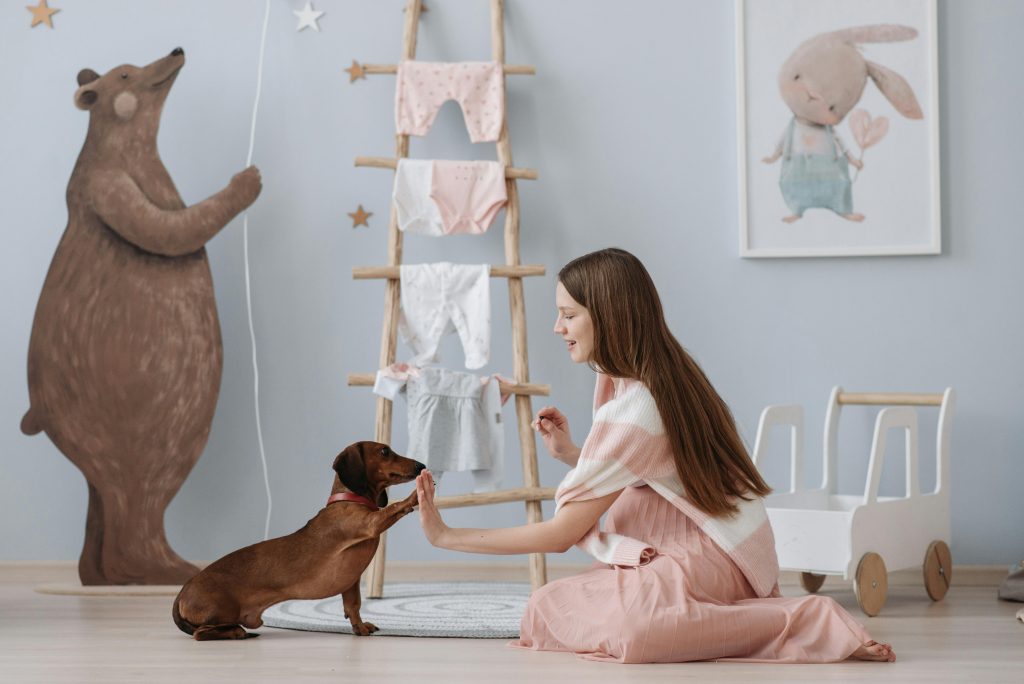
Certified trainers are skilled in behavior modification techniques and use positive reinforcement to achieve lasting results.
They know how to address the root causes of your dog’s tendency to run away and can create a customized training plan tailored to your dog’s specific needs.
Here are several reasons to hire a certified dog trainer:
- Expertise in Behavior Modification: Certified trainers have the knowledge and experience to modify unwanted behaviors effectively. They can teach your dog to respond reliably to commands, which is vital for preventing escapes.
- Positive Reinforcement Techniques: These trainers use positive reinforcement to reward desirable behavior, making training sessions enjoyable and effective for your dog.
- Personalized Training Plans: Every dog is unique. Certified trainers can assess your dog’s behavior and design a plan that addresses their specific issues, ensuring more effective results.
- Professional Assessment: Trainers can identify any underlying issues that might be contributing to your dog’s desire to run away, such as anxiety or lack of stimulation, and address them accordingly.
Behavioral Specialists
Seeking assistance from a behavioral expert can be a game-changer in addressing your dog’s tendency to run away.
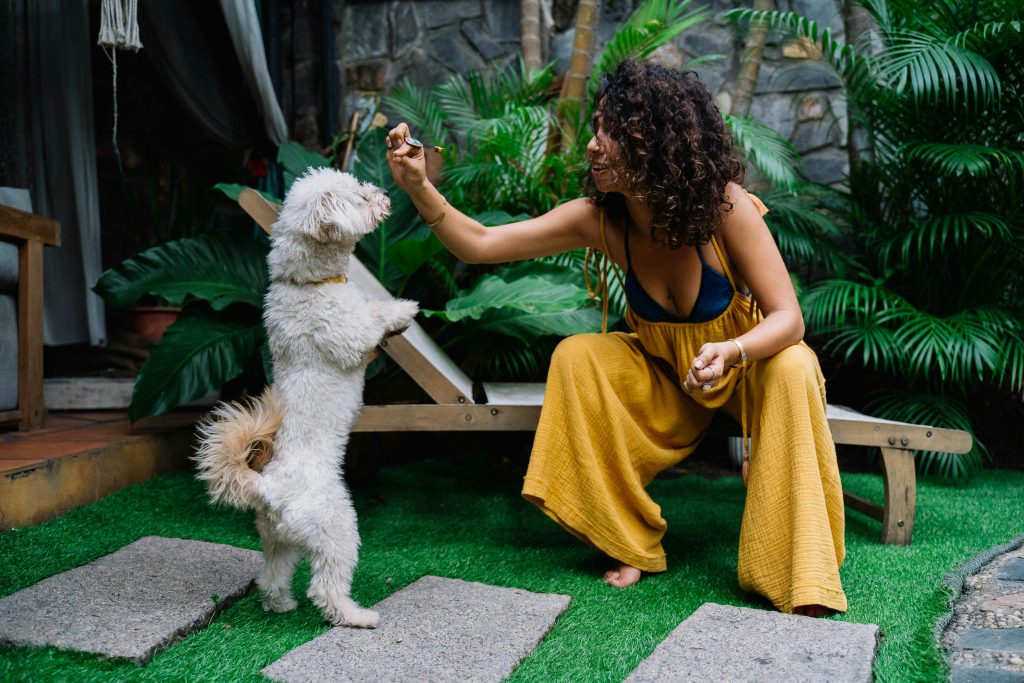
Behavioral experts are trained to understand the root causes of your dog’s actions and can create a tailored plan specific to your dog’s needs.
They employ techniques in positive reinforcement, which encourages desirable behavior by rewarding your dog when they do something right, rather than punishing them for missteps.
Behavioral adjustment is another vital aspect that specialists focus on. This involves altering your dog’s behavior patterns through structured training methods.
For example, a specialist may use desensitization techniques to reduce your dog’s anxiety triggers, which could be contributing to their urge to run away.
Consulting a behavioral expert ensures you’re not just applying a one-size-fits-all solution but are addressing the unique factors influencing your dog’s behavior.
They’ll evaluate your dog’s environment, history, and temperament to devise a thorough plan.
This professional guidance can make a significant difference, providing you with effective strategies and tools to manage and rectify your dog’s runaway tendencies.
Seeking expert help ensures you’re giving your dog the best chance for success and safety.
Frequently Asked Questions
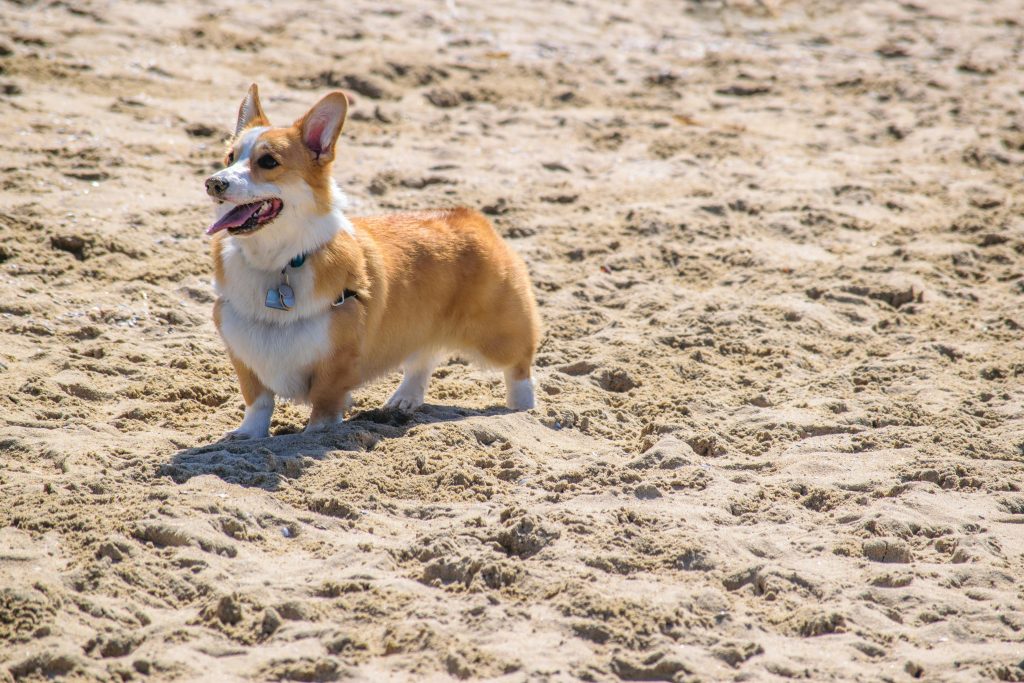
Training time varies, but with consistency and reinforcement techniques, you can see progress in a few weeks.
Always monitor behavioral cues and track progress to adjust your methods and promote effective training.
Patience is key.
Yes, certain breeds have tendencies to run away due to genetic factors and environmental influences.
Training techniques should be tailored to these breeds. Understanding your dog’s breed tendencies helps you implement effective training techniques.
Yes, neutering or spaying can reduce a dog’s tendency to run away. Combine this with behavioral training and reinforcement methods. Also, consider environmental factors like containment options to effectively manage your dog’s roaming behavior.
Imagine Max, your dog, escapes despite training. Immediately use his GPS collar and microchip identification to locate him. If this keeps happening, consider behavior modification and seek professional help to address underlying issues.
Start with positive reinforcement and consistency. Focus on building trust through daily routines and commands.
Incorporate leash training to guarantee control during walks. Gradually, your rescue dog will feel secure and less likely to run away.
Conclusion
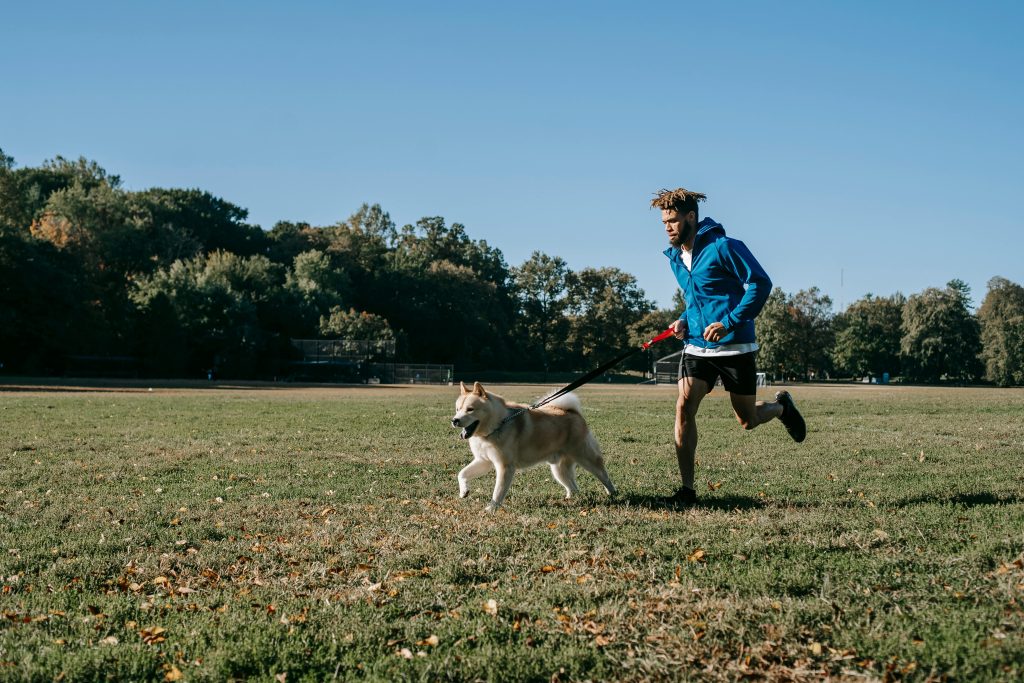
Training your dog not to run away is like building a sturdy bridge over a wild river. You’re the architect, fortifying the yard, using a leash, and teaching commands.
By rewarding good behavior and providing mental stimulation, you strengthen each plank.
Supervise outdoor time carefully, and if needed, consult a professional to guarantee your bridge holds strong.
With diligence and love, you’ll create a safe, happy haven where your dog won’t feel the urge to escape.
